Policy Page
Global Policies
The Aichi biodiversity targets were established by the UN Convention of Biological Diversity and consist of 5 Goals and 20 specific targets to address and mitigate biodiversity loss across the globe
Policy Targets



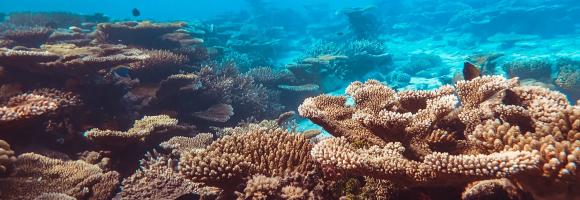
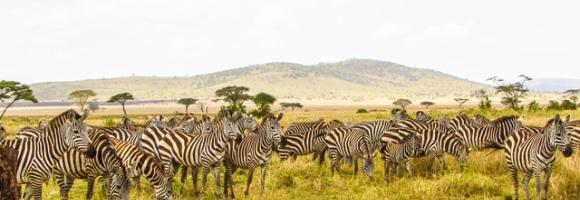




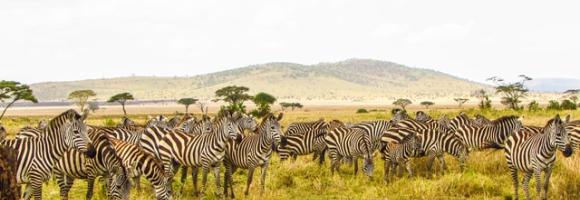

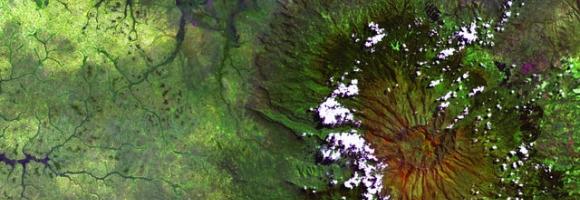








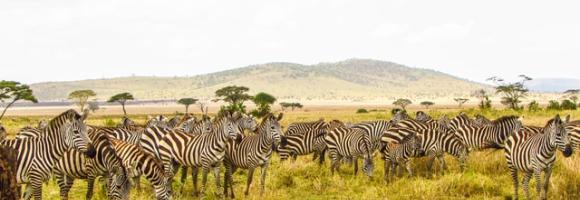









The Convention on the Conservation of Migratory Species of Wild Animals is an environmental treaty under the aegis of the United Nations Environment Programme. CMS provides a global platform for the conservation and sustainable use of migratory animals and their habitats. As the only global convention specializing in the conservation of migratory species, their habitats and migration routes, CMS complements and co-operates with a number of other international organizations, NGOs and partners in the media as well as in the corporate sector. Migratory species threatened with extinction are listed on Appendix I of the Convention. Migratory species that need or would significantly benefit from international co-operation are listed in Appendix II of the Convention.
Policy Targets



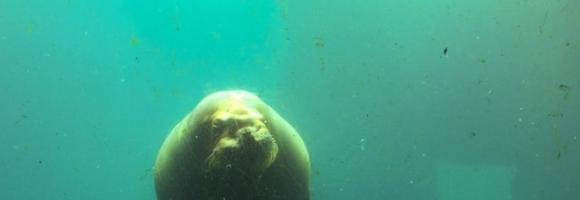
The “Kunming-Montreal Global Biodiversity Framework” (GBF), includes four goals and 23 targets to be achieved by 2030. The GBF’s centrepiece is its “30x30” target to effectively conserve at least 30% of the world’s lands, inland waters, coastal areas and oceans, and to restore 30% of already degraded terrestrial and marine environments.
Policy Targets










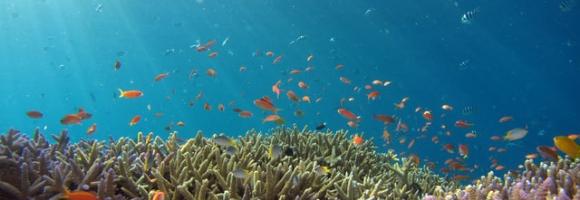




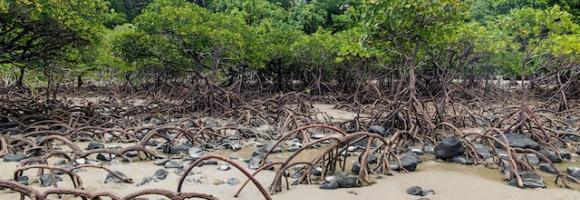






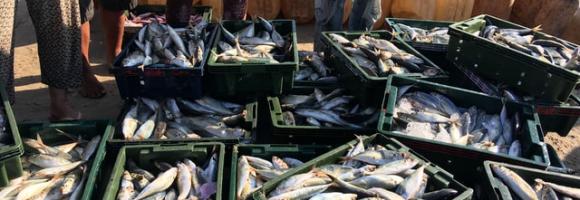
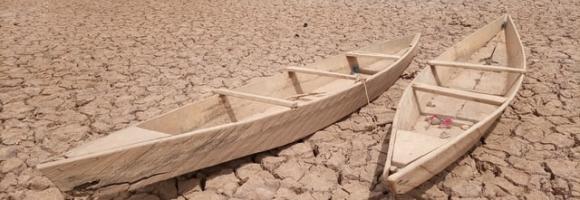
The 2030 Agenda for Sustainable Development, adopted by all United Nations Member States in 2015, provides a shared blueprint for peace and prosperity for people and the planet, now and into the future. At its heart are the 17 Sustainable Development Goals (SDGs), which are an urgent call for action by all countries - developed and developing - in a global partnership. They recognize that ending poverty and other deprivations must go hand-in-hand with strategies that improve health and education, reduce inequality, and spur economic growth – all while tackling climate change and working to preserve our oceans and forests.
The SDGs build on decades of work by countries and the UN, including the UN Department of Economic and Social Affairs
- In June 1992, at the Earth Summit in Rio de Janeiro, Brazil, more than 178 countries adopted Agenda 21, a comprehensive plan of action to build a global partnership for sustainable development to improve human lives and protect the environment.
- Member States unanimously adopted the Millennium Declaration at the Millennium Summit in September 2000 at UN Headquarters in New York. The Summit led to the elaboration of eight Millennium Development Goals (MDGs) to reduce extreme poverty by 2015.
- The Johannesburg Declaration on Sustainable Development and the Plan of Implementation, adopted at the World Summit on Sustainable Development in South Africa in 2002, reaffirmed the global community's commitments to poverty eradication and the environment, and built on Agenda 21 and the Millennium Declaration by including more emphasis on multilateral partnerships.
- At the United Nations Conference on Sustainable Development (Rio+20) in Rio de Janeiro, Brazil, in June 2012, Member States adopted the outcome document "The Future We Want" in which they decided, inter alia, to launch a process to develop a set of SDGs to build upon the MDGs and to establish the UN High-level Political Forum on Sustainable Development. The Rio +20 outcome also contained other measures for implementing sustainable development, including mandates for future programmes of work in development financing, small island developing states and more.
- In 2013, the General Assembly set up a 30-member Open Working Group to develop a proposal on the SDGs.
- In January 2015, the General Assembly began the negotiation process on the post-2015 development agenda. The process culminated in the subsequent adoption of the 2030 Agenda for Sustainable Development, with 17 SDGs at its core, at the UN Sustainable Development Summit in September 2015.
- 2015 was a landmark year for multilateralism and international policy shaping, with the adoption of several major agreements:
- Sendai Framework for Disaster Risk Reduction (March 2015)
- Addis Ababa Action Agenda on Financing for Development (July 2015)
- Transforming our world: the 2030 Agenda for Sustainable Development with its 17 SDGs was adopted at the UN Sustainable Development Summit in New York in September 2015.
- Paris Agreement on Climate Change (December 2015)
- Now, the annual High-level Political Forum on Sustainable Development serves as the central UN platform for the follow-up and review of the SDGs.
Today, the Division for Sustainable Development Goals (DSDG) in the United Nations Department of Economic and Social Affairs (UNDESA) provides substantive support and capacity-building for the SDGs and their related thematic issues, including water, energy, climate, oceans, urbanization, transport, science and technology, the Global Sustainable Development Report (GSDR), partnerships and Small Island Developing States. DSDG plays a key role in the evaluation of UN systemwide implementation of the 2030 Agenda and on advocacy and outreach activities relating to the SDGs. In order to make the 2030 Agenda a reality, broad ownership of the SDGs must translate into a strong commitment by all stakeholders to implement the global goals. DSDG aims to help facilitate this engagement.
Policy Targets




















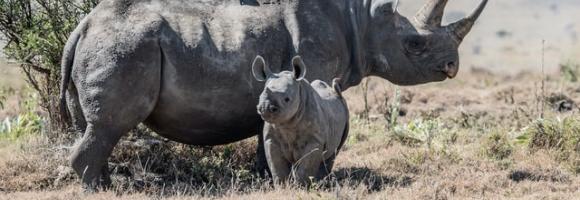





Since the declaration of Sars-Cov-2 pandemic in March 2020, concerns have roused on the potential impacts on biodiversity and protected areas. Particularly in developing countries, high impacts were expected in and around protect areas as consequence of both direct and cascade effects, from drop of tourism revenues due to travel banning to consequences of global economic shrinking affecting government and international funding.
Papers and reports have been published on expected of observed impacts of Sars-Cov-2 pandemic (see for example Lindsey et al. 2020, Gaynor et al. 2020, Waithaka et al. 2021). Despite the efforts, homogeneous coverage of geographical and thematic scopes across the globe was not easy to achieve. In the meanwhile a series of survey were carried out to investigate the short and long term impacts on operators (e.g. Spencely 2020), protected areas (WCPA 2020) or more generally on biodiversity (e.g. FZS in preparation).
We addressed this topic from to two different angles. From a bottom up perspective, we engaged with regional observatories to investigate expected and observed challenges, responses and priorities for interventions at regional level. In parallel, we developed a theoretical indicator of vulnerability to the pandemic crisis (or a similar event) and identified available data for estimating the indicator at country and protected area level.
Policy Targets
Regional Policies
African Elephant (Loxodonta africana) conservation policy across the African range.
Policy Targets

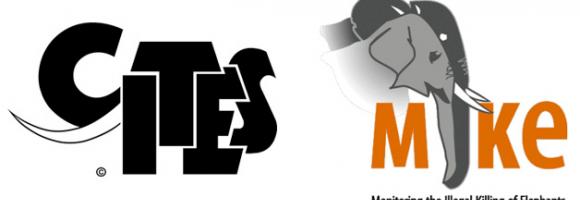
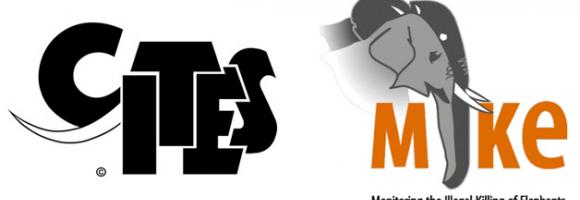


Policy Targets
Integrate environmental, coastal and marine management considerations into fisheries policy so as to safeguard fisheries and associated ecosystems from anthropogenic threats and to mitigate the impacts of climate change and natural disasters.
Policy Targets
Island biodiversity has a notorious record of decline and extinction which continues due to habitat loss and degradation, invasive species, overexploitation, pollution, disease and human-forced climate change. In terrestrial systems, these global and local pressures are more acute because of relatively small land to sea area, high endemism and poor adaptations to resist predation. Regional policy and learning frameworks exist to combat biodiversity loss and environmental degradation, but implementation remains patchy across the 22 Pacific Island countries and territories (PICTs) within Oceania. PICTs are challenged by small, under-resourced government departments, limited data, and strong political will for rapid economic development at the cost of ecological sustainability. In this synthesis of the special issue, we identify the challenges and opportunities for biodiversity conservation on Pacific islands.
Policy Targets
Policy Targets
Develop, adopt, and monitor the implementation of comprehensive national policies and strategies that are consistent with strategies and frameworks for sustainable development and that are backed by appropriate legislation, addressing protected area management.
Policy Targets
Policy Targets
Policy Targets
Policy Targets

This new Pacific islands framework for nature conservation and protected areas 2021-2025 was endorsed during the conference and subsequently at the 30th SPREP Meeting bu 26members countries and territories in 2021. It reflects the urgent need for transformative action in response to the multiple accelerating threats, both established and emerging, that are faced by nature and people ion the Pacific.
Policy Targets
Le Plan de Convergence est un instrument de référence pour la gestion durable des écosystèmes forestiers de l’ensemble des pays membres de la COMIFAC.
Le défi ici est d’actualiser la dimension stratégique du Plan de Convergence de manière à ce qu’il englobe l’ensemble des priorités nationales et sous-régionales en matière de conservation et de gestion durable des écosystèmes forestiers, afin que soit renforcée la convergence entre intérêts nationaux et sous-régionaux.
De nombreuses consultations nationales et sous-régionales ont été conduites et ont permis de recenser les thématiques prioritaires et émergentes dans le secteur forêt environnement dans chaque pays et à l’échelle sous-régionale. Les thèmes prioritaires et émergents issus de ces consultations ont été pris en compte dans la détermination des six axes prioritaires d’intervention et des trois axes transversaux, ainsi que lors de la formulation des objectifs stratégiques et opérationnels et des résultats attendus.
Les objectifs stratégiques ainsi retenus guideront l’action de toutes les parties prenantes et de tous les partenaires du Plan de Convergence. La réalisation de ces objectifs à long terme contribuera à la concrétisation de la vision énoncée ci-dessus. Les impacts directs sont les effets à long terme qui permettent de mesurer la réalisation desdits objectifs stratégiques.
Les objectifs opérationnels guideront les actions que toutes les parties prenantes et tous les partenaires mèneront à court et à moyen termes pour concourir à la réalisation des objectifs stratégiques mentionnés précédemment. Les résultats correspondent aux effets à court et à moyen termes attendus de la réalisation des objectifs opérationnels.
Policy Targets
The Regional Strategy consists of the following three broad strategic areas. First, enhancing the region’s economic and business base by adding value to and commercializing its biological resources; and broadening and diversifying its industrial and manufacturing base. Second, ensuring that economic opportunities that emerge from “biotrade” and economic diversification do not lead to the unsustainable use of the region’s biodiversity and result in the loss of
biological resources and ecological processes. Third, developing and implementing biodiversity awareness, information and capacity building programmes; research and development initiatives; and sustainable financing arrangements.
Policy Targets
The main objectives of SADC are to promote sustainable and equitable economic growth and socio-economic development that will ensure poverty alleviation, and ultimately its eradication, enhance the standard and quality of life of the people of Southern Africa, and support the socially disadvantaged. through regional integration. In addition the strategy prioritise crosscutting issues such as Environment and Sustainable Development
Policy Targets
State of Environment, Conversation and Protected Areas test
Policy Targets
Caring for nature is part of the Pacific way of life. Pacific Leaders have endorsed regional and national priorities for protecting and managing the Pacific environment and its diverse ecosystems and for improving our relationship with nature.
This digital story introduces the State of Environment and Conservation in the Pacific Islands: 2020 Regional Report, which assesses the status and trends of the endorsed 31 regional environment indicators across seven thematic areas.
The information contained in this regional report is targeted to national and regional priorities. Each indicator is mapped to facilitate reporting to priority international agreements and the global Sustainable Development Goals, used to address today’s challenges, such as climate change, pollution, and resource extraction.
Policy Targets
Policy Targets
To implement fully functioning sustainable finance mechanisms that will provide long-term and reliable funding to conserve and sustainable manage the marine and coastal resources and the environment in each participating country and territory.
Policy Targets
National Policies
Le Togo a élaboré en 2003 sa stratégie nationale pour la Conservation de la Diversité Biologique (CDB) assortie d’un Plan d’Action National conforment à ses engagements au titre de la CDB. L’objectif poursuivi était de contribuer à réduire substantiellement la perte de la diversité biologique. Cependant, les progrès réalisés dans la mise en œuvre de l’objectif 2010 de la CDB et les efforts menés ainsi que les cibles atteints sont loin de réduire le rythme de la perte de la diversité biologique auquel le pays fait face. Dès lors, la SPANB 2011-2020 se veut un cadre de large concertation avec toutes les parties prenantes. C’est pourquoi la nouvelle stratégie 2011-2020 vise à être mise en œuvre non seulement par l’Etat mais aussi par les collectivités locales et les différents acteurs de la société civile. C’est aussi pourquoi lors de la définition des objectifs nationaux, un effort a été fait pour mettre en synergie et en cohérence les différentes stratégies nationales et les différents plans d’action existants dans le domaine de la biodiversité; avec le souci d’améliorer leur articulation et de leur donner une meilleure efficacité.
C’est dans cette optique que le présent document de la stratégie nationale et plan d’action pour la biodiversité est élaboré sur la base du Plan stratégique 2011-2020 et ses objectifs d’Aichi comme un cadre souple. Spécifiquement, il s’agit de:
développer la stratégie et le plan d’action pour apporter une réponse aux menaces
auxquelles fait face la biodiversité au Togo;
élaborer un plan de mise en œuvre et un plan de communication.
Avec ces objectifs, la nouvelle SPANB 2011-2020 vise à produire un engagement plus
important des divers acteurs. Elle fixe pour ambition commune de préserver et restaurer,
renforcer et valoriser la biodiversité, en assurer l’usage durable et équitable, réussir pour
cela l’implication de tous les acteurs de tous les secteurs d’activité. Son élaboration est
intersectorielle, participative et inclusive.
Policy Targets
Local Policies
Policy Targets
Policy Targets
Policy Targets
Policy Targets
Policy Targets
Policy Targets
Policy Targets
Policy Targets

The Morne Trois Pitons National Park (MTPNP) was established in 1975 under the National Parks and Protected Areas Act. In 1997 it was established as a UNESCO World Heritage Site - Inscribed on the World Heritage List under Natural Criteria viii- “To be outstanding examples representing major stages of the earth‟s history, including the record of life, significant on-going geological processes in the development of landforms or significant geomorphic or physiographic features” and criteria x. “To contain the most important and significant natural habitats for in-situ conservation of biological diversity, including those containing threatened species of outstanding universal value from the point of view of science or conservation”.
Policy Targets
Policy Targets
